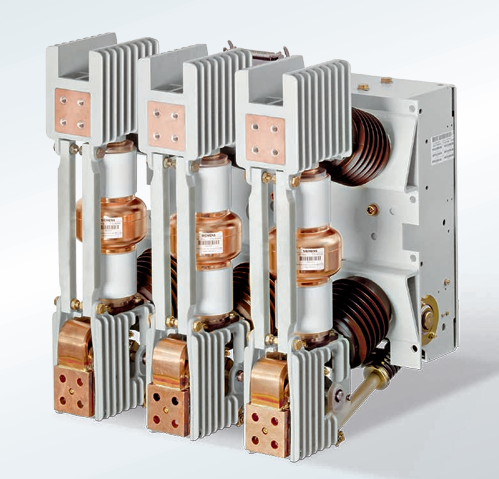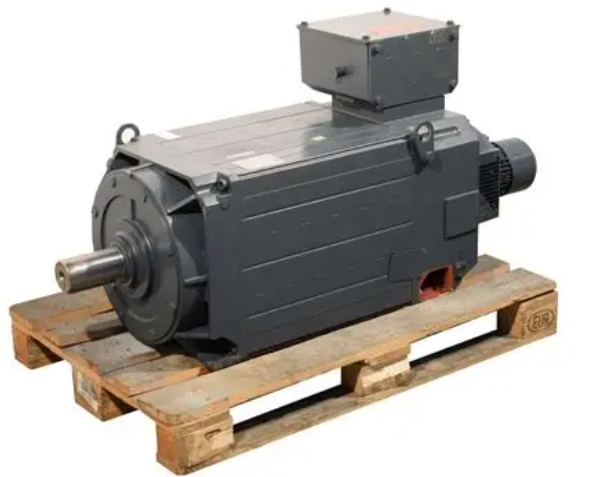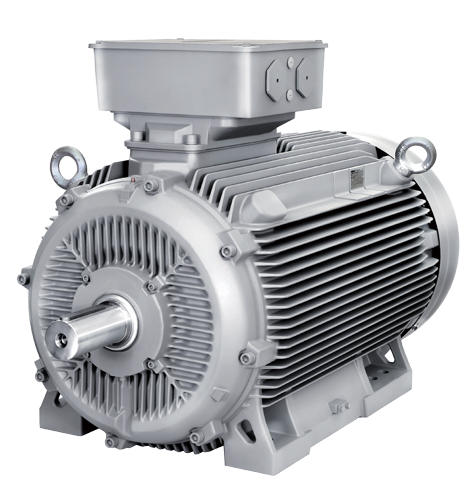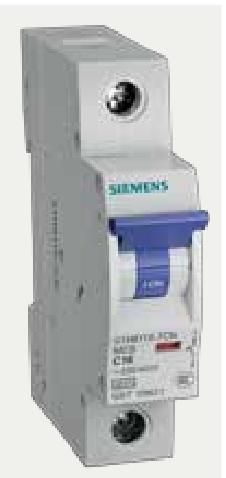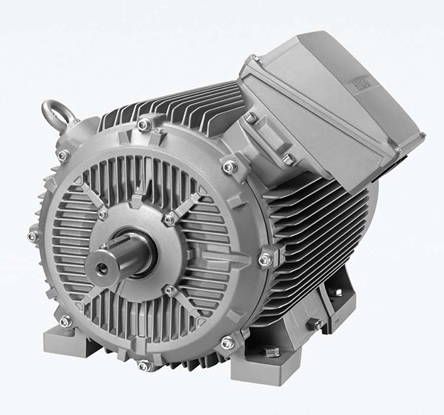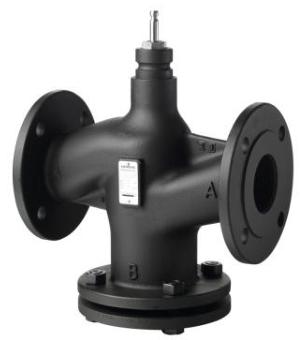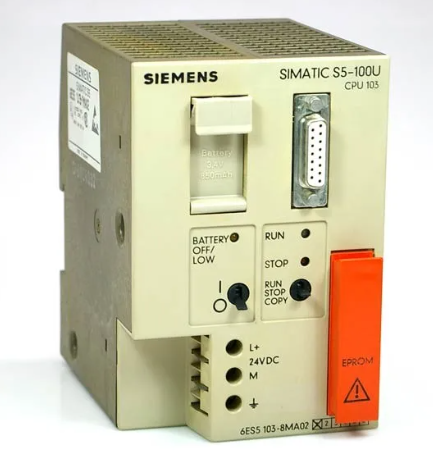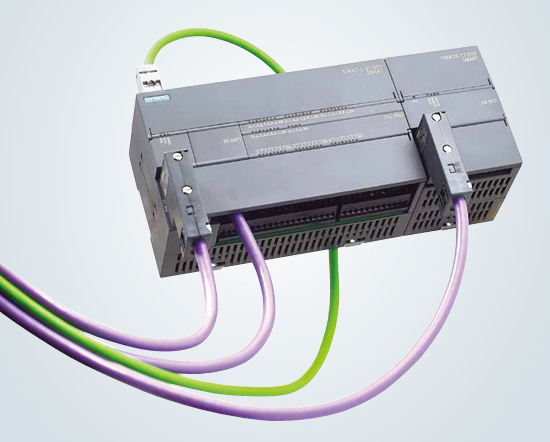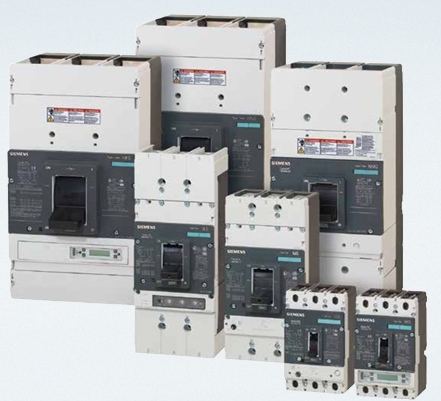As a key interface component in industrial control systems, the core function of IS215WEMAH1A terminal board revolves around "signal relay and communication coordination", which can be divided into the following three categories:
1. Input signal acquisition: It can stably receive analog signals (such as current and voltage signals) or digital signals (such as switch status signals) from on-site sensors, transmitters, and other devices, and perform preliminary filtering and isolation processing on the signals to ensure accurate and stable input to the control system, reducing the impact of electromagnetic interference on signal transmission in industrial sites.
GE IS215WEMAH1A Input/Output Communication Terminal Board
Core functional positioning
As a key interface component in industrial control systems, the core function of IS215WEMAH1A terminal board revolves around "signal relay and communication coordination", which can be divided into the following three categories:
1. Input signal acquisition: It can stably receive analog signals (such as current and voltage signals) or digital signals (such as switch status signals) from on-site sensors, transmitters, and other devices, and perform preliminary filtering and isolation processing on the signals to ensure accurate and stable input to the control system, reducing the impact of electromagnetic interference on signal transmission in industrial sites.
2. Output instruction execution: Receive control instructions issued by higher-level controllers (such as PLC, DCS), convert them into electrical signals recognizable by on-site actuators (such as valves, motors, indicator lights, etc.), and achieve precise control of industrial production processes.
3. Communication Connection Bridge: Equipped with standardized communication interfaces, it can achieve efficient data exchange with higher-level controllers, other I/O modules, and on-site intelligent devices, ensuring smooth information flow of the entire automation system and building a complete control chain of "perception decision execution".
Key technical parameters
Input type
Analog quantity (4-20mA, 0-10V), digital quantity (dry contact, wet contact)
Compatible with mainstream industrial sensor signal types, with strong adaptability
output type
Analog quantity (4-20mA, 0-5V), digital quantity (relay output, transistor output)
Can match different types of actuators, with flexible control methods
communication interface
RS485, Ethernet (some models)
Supports mainstream industrial communication protocols such as Modbus and Profinet for easy system integration
power supply voltage
DC 24V ±10%
Meets industrial standard power supply requirements and has strong voltage adaptability
Working temperature range
-40℃ ~ +70℃
Adapt to extreme industrial environments with high and low temperatures, ensuring stable operation
Isolation level
2500V AC isolation between input/output/power supply
Effectively suppress common mode interference and enhance the system's anti-interference capability
Module size
Standard DIN rail installation, dimensions approximately 120mm x 80mm x 35mm (subject to actual product)
Save control cabinet space and facilitate installation
Structural design features
IS215WEMAH1A adopts industrial grade modular design, with a compact structure and easy maintenance. The core design features include:
-Standardized installation: Supports quick installation of DIN rails without the need for complex fixing structures, greatly reducing on-site installation time, and facilitating the disassembly and replacement of modules in the later stage.
-Clear terminal layout: Input, output, power, and communication terminals are clearly divided and labeled, effectively avoiding wiring errors and reducing debugging difficulty.
-Enhanced protection design: The shell is made of flame-retardant ABS material, which has certain dustproof and splash proof capabilities (compliant with IP20 protection level), and is suitable for harsh environments in industrial sites.
-Status indicator function: equipped with power indicator light, communication status light, input/output signal indicator light, which can intuitively monitor the operation status of the module and facilitate troubleshooting.
Typical application scenarios
With stable performance and flexible adaptability, the IS215WEMAH1A terminal board has a wide range of application scenarios in the field of industrial automation, mainly including:
1. Power system automation: used for monitoring the equipment status of substations and power plants (such as temperature, pressure, and current signal acquisition) and outputting control instructions (such as circuit breaker opening and closing control) to ensure stable operation of the power system.
2. Process industry control: In the production processes of chemical, metallurgical, pharmaceutical and other industries, real-time collection of parameters such as reactor temperature, pipeline pressure, material flow rate, and precise control of actuators such as regulating valves and pumps are achieved.
3. Intelligent manufacturing production line: Connect sensors (such as photoelectric sensors and proximity switches) in the production line with PLC controllers to achieve real-time monitoring of workpiece position and production status, as well as linkage control of equipment such as conveyor belts and robotic arms, improving production efficiency.
4. Environmental monitoring system: Collect environmental parameters such as temperature, humidity, and gas concentration from industrial sites, upload the data to the monitoring center through communication interfaces, and provide data support for environmental regulation and safety warning.
Installation and usage precautions
To ensure the stable and reliable operation of the IS215WEMAH1A terminal board, the following precautions should be taken during installation and use:
-Before installation, it is necessary to confirm that the power supply voltage is consistent with the rated voltage of the module to avoid module damage caused by overvoltage; When wiring, it is necessary to strictly distinguish between input, output, and power terminals to prevent reverse connection or short circuit.
-The module should be installed in a well ventilated location away from heat sources and strong electromagnetic interference sources (such as frequency converters and high-power motors). If necessary, shielding measures can be taken to enhance anti-interference ability.
-When wiring, strong current cables and signal cables should be laid separately to avoid cross interference; It is recommended to use shielded wires for signal cables, and the shielding layer should be grounded at one end.
-Before being put into use for the first time, the module needs to undergo communication testing and signal calibration through the controller to ensure accurate input and output signals.
-In daily maintenance, it is necessary to regularly check whether the terminal wiring is loose and whether the indicator light status is normal. If a fault occurs, the power should be cut off first before troubleshooting to avoid live operation.
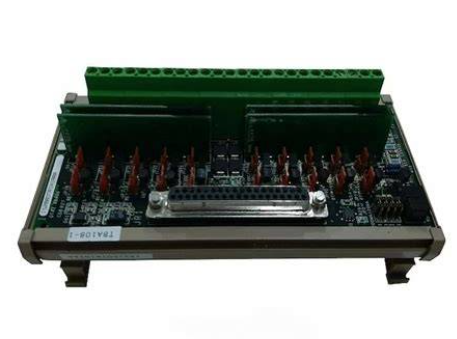
- User name Member Level Quantity Specification Purchase Date
- Satisfaction :
-









Email:wang@kongjiangauto.com

